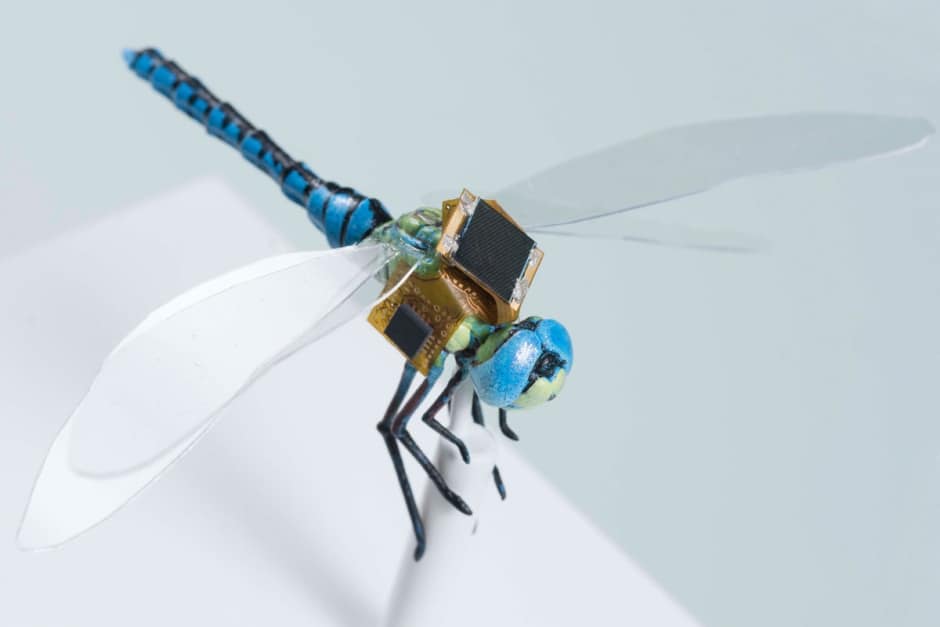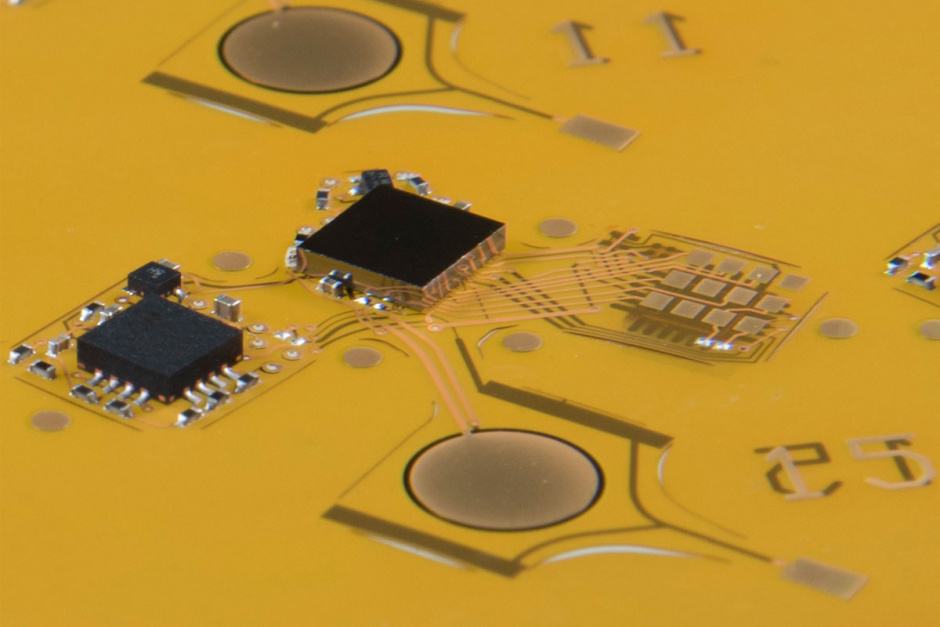
As previously reported in The Engineer a number of groups around the world – primarily in the military sphere – are working on the development of tiny flying vehicles that replicate insect flight. Dragonflies are of particular interest because of their exceptional aerobatic abilities and incredible energy efficiency.
The DragonflEye project – brainchild of Massachusetts firm Draper (a not for profit R&D organisation also known as The Charles Stark Draper Laboratory) offers an intriguing alternative to the difficult challenge of building mechanical flying insects by tapping into the aerial abilities of real-life dragonflies.
The system works by sending guidance commands from the backpack to special “steering” neurons inside the dragonfly nerve cord.
These commands are effectively pulses of light, which are piped to the insect’s neurons along specially developed optical structures called optrodes. Whilst conventional optical fibres are too stiff to be wrapped around the tiny dragonfly nerve cord, optrodes are extremely flexible and, according to Draper, able to bend light around sub-millimeter turns.

“DragonflEye is a totally new kind of micro-aerial vehicle that’s smaller, lighter and stealthier than anything else that’s manmade,” said Jeese J Wheeler biomedical engineer at Draper and principal investigator on the program.”
As well as the obvious military applications, Draper claims that the technology could also be applied to honeybees and used to advance understanding of their declining population and even carry out guided pollination.
Wheeler added that the optrode technology also has potential applications beyond controlling insect flight, and could for instance be used to produce miniaturised diagnostic devices for human healthcare.




April 1886: the Brunkebergs tunnel
First ever example of a ground source heat pump?